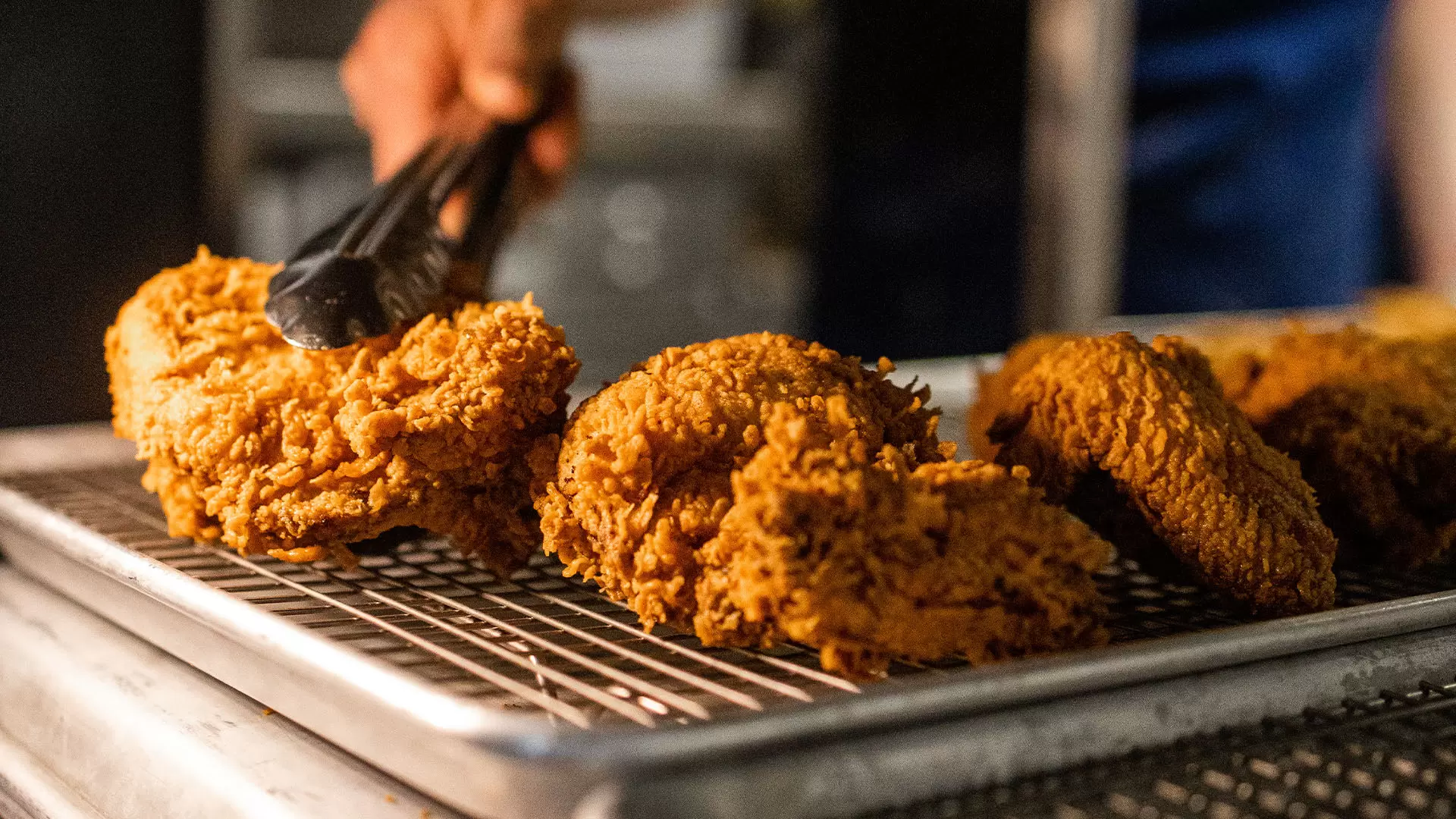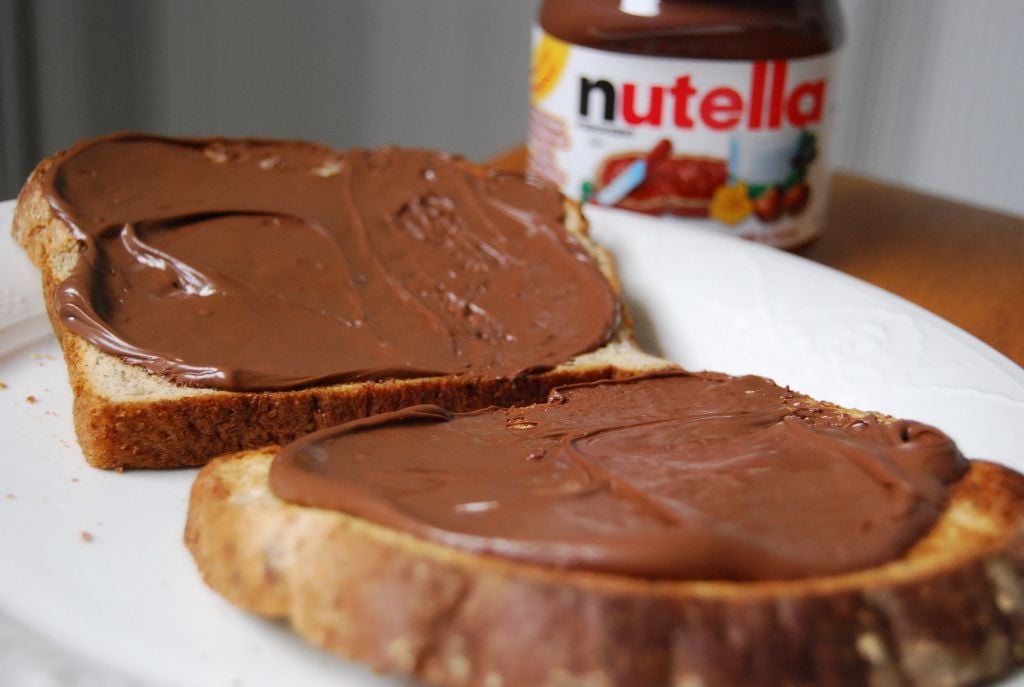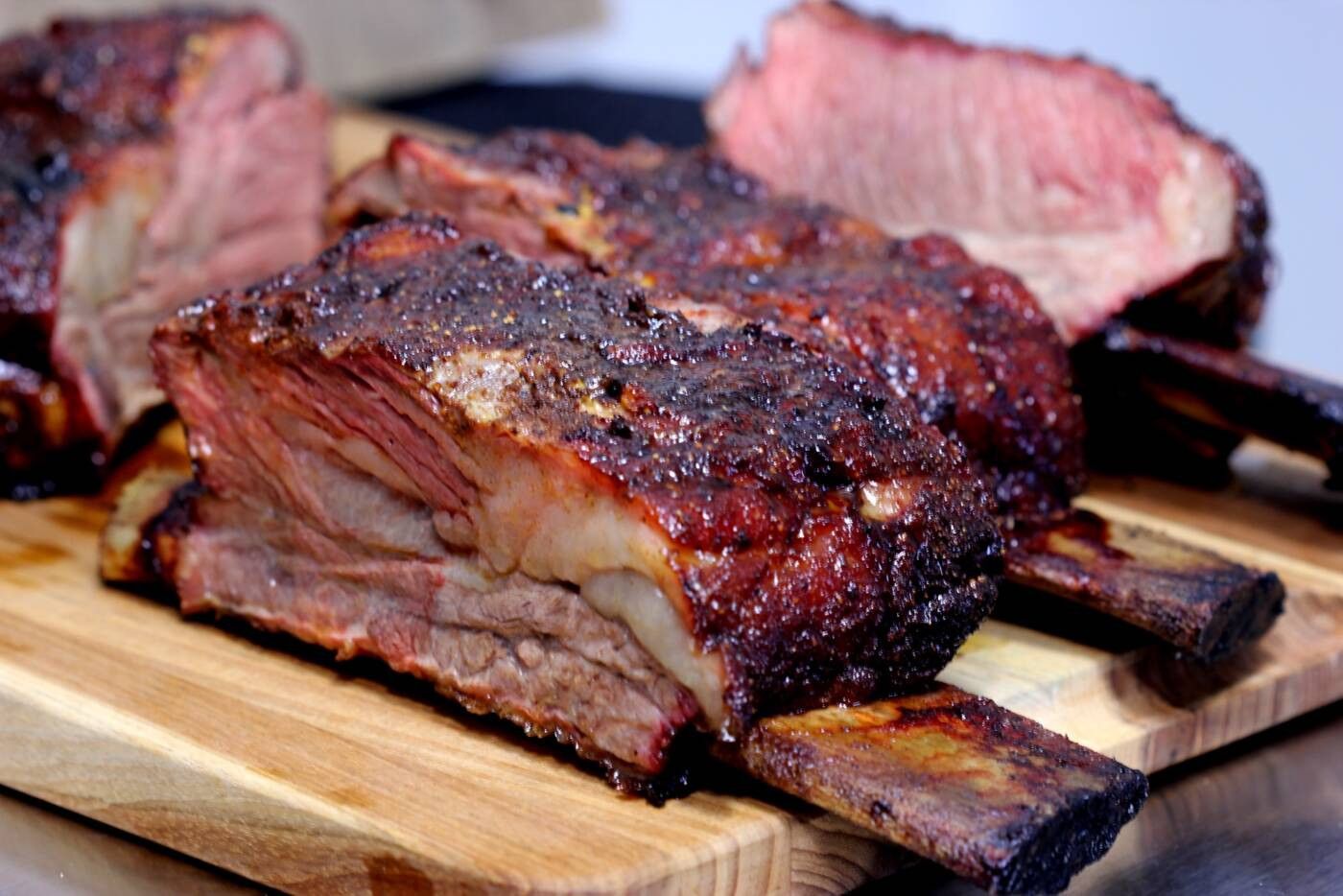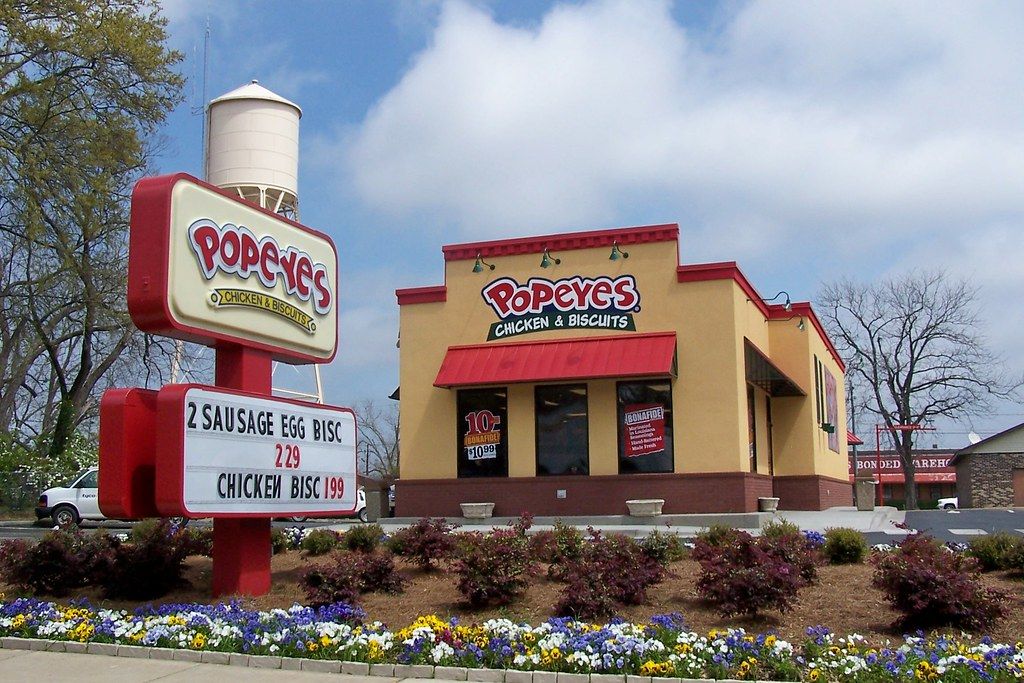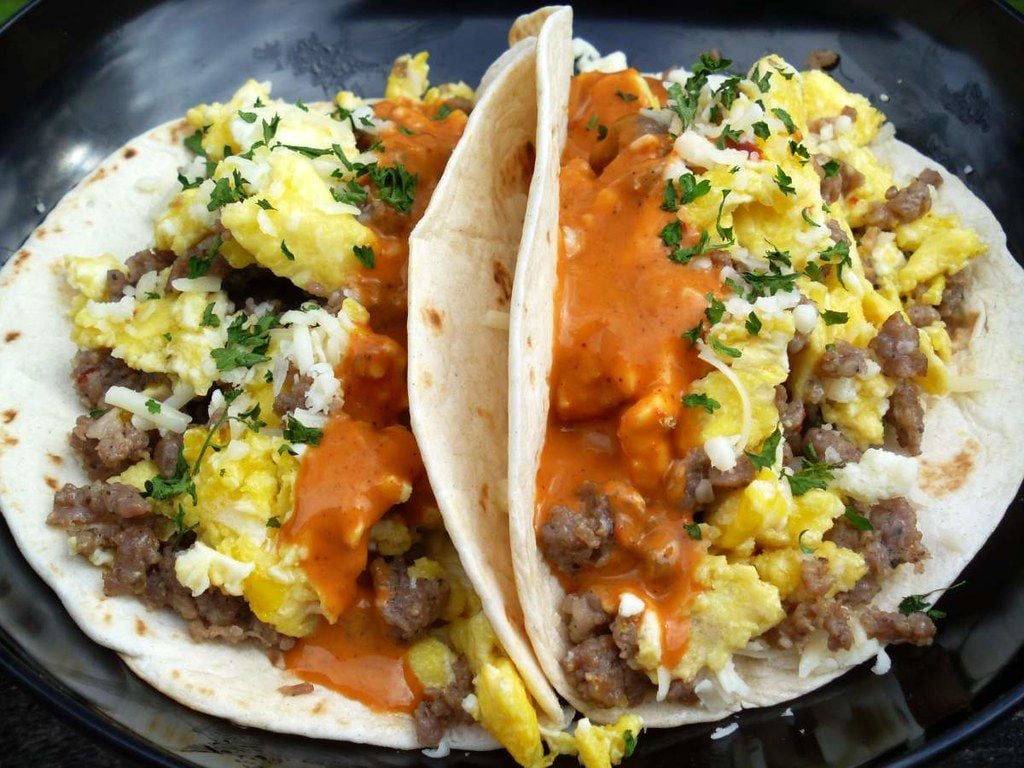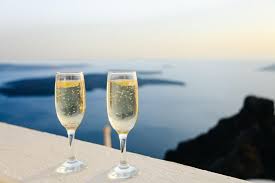
The Rising Star of Bubbles: South Africa's Cap Classique
- Aug 12, 2025
South African wines have a rich heritage stretching back more than 350 years. However, its history of producing sparkling wine, or Cap Classique, is comparatively brief extending merely half a century. Developed using the same traditional methods as Champagne, South Africa's sparkling wines are becoming a distinguishing feature of the nation.
Although these sparklers are popular across high-end wine bars and restaurants in Cape Town and as majestic sundowners on bush safaris, they haven't reached the same global acclaim as other sparkling wines like Prosecco or Cava. This, however, is gradually changing.
South Africa is becoming innovative with its Cap Classique production. Winemakers are using unexpected regions such as Cape Agulhas, the southernmost tip of Africa, and utilizing the country's favored grape, Chenin Blanc. The result is a sparkling wine distinctively South African, creating a sensation akin to prized liquors like the creamy Amarula.
As stated by Lloyd Jusa, the wine program manager at Saxon Hotel, Villas and Spa in Johannesburg, "Our producers, unlike our Champagne-based counterparts, have the freedom to play around with other varietals. This creates wines of startling originality, layered with texture, lifted by vibrant acidity and infused with a sense of place that is unmistakably South African."
The inception of Cap Classique took place in the 1970s at Stellenbosch estate Simonsig Family Vineyards. Founder Frans Malan was inspired by a trip to Champagne and created Kaapse Vonkel or "Cape Sparkle". Initially made from Chenin Blanc, today the country's 225+ Cap Classique producers generally opt for traditional Champagne grapes, curating a plethora of styles that range from blanc de blancs to rosé and from zero dosage to brut and demi-sec.
Jusa also points to the progressive techniques adopted by winemakers, including amphora use, native yeasts, and low-intervention methods, resulting in Cap Classiques of raw, textural grace.
Likewise, Wayve Kolevsohn, group beverage manager of The Royal Portfolio, compares the winemaking practices to those in Champagne cellars. However, she also notes that Cap Classique and Champagne have a different flavor profile due to South Africa's warm, sunny growing season that results in bright, juicy fruit characters.
At estates, like the 300-year-old Twee Jonge Gezellen in Tulbagh, the Cuveés can have lees maturation for as long as a decade. The meticulous crafting of signature grape blends and the distinct taste afforded by the African terroir emphasizes, as Jusa puts it, "We don’t replicate Champagne, we reinterpret the method through African terroir and creativity."
Though Cap Classique's affordability relative to premium European wines unintentionally suggests inferior quality, nothing could be further from the truth. According to Jusa, anyone thinking that Cap Classique is a cheaper imitation of Champagne is gravely mistaken, as this label embodies the altitude, sunlight, and soul of South Africa.
Cap Classique, with its versatility and reasonable price tag, is an amalgamation of excellent winemaking techniques and a testament to South African creativity and terroir. As more people across the globe discover this sparkling wine, it's worth noting that, while Champagne and Cap Classique share a production technique, the final result is anything but a generic imitation. It's an original expression of the African terroir, a testament to South Africa's innovative and evolving viticulture prowess.

